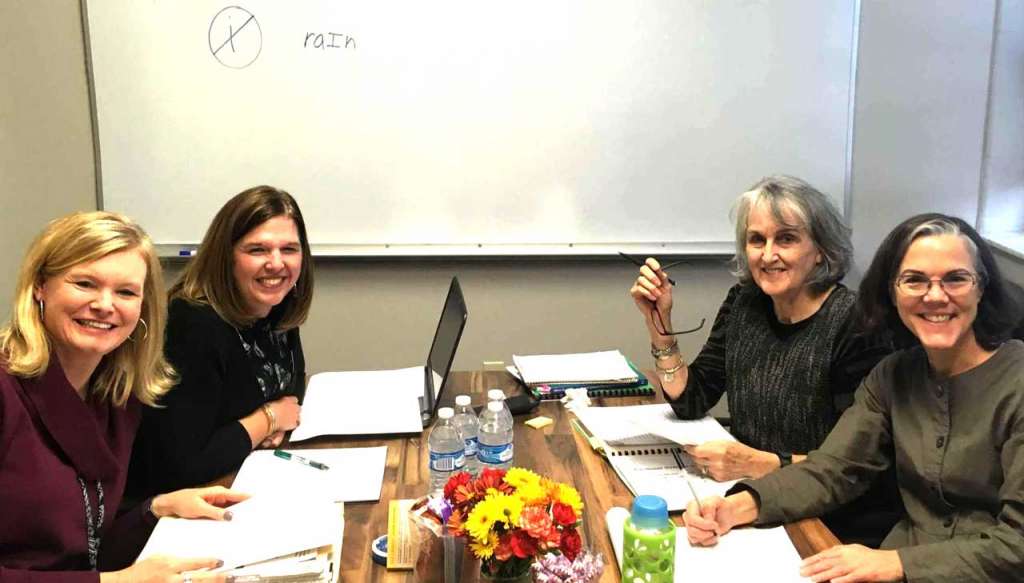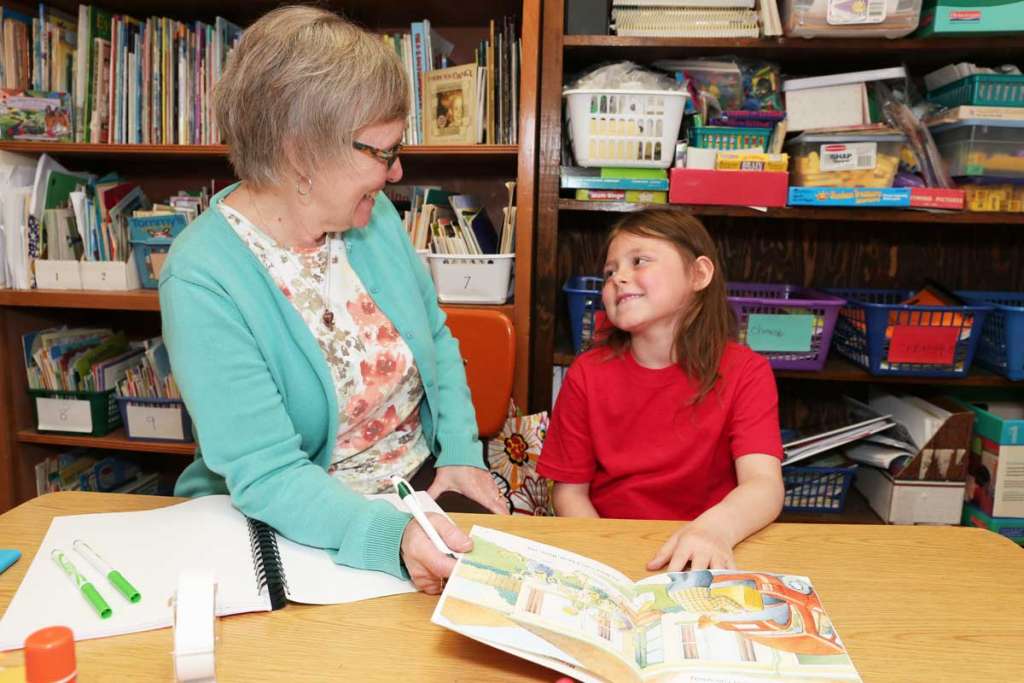BLOG
Getting to Know Our Writers: Strategies for Any Classroom
By Lynne Dorfman & Diane Esolen Dougherty
A successful writing workshop depends on many factors, including how well we get to know our students. Throughout the school year, but especially in the beginning of the year, it is important to get to know our students as writers. In order to discover their identities as writers, we need to be “kidwatchers” (Goodman & Owocki, 2002). During independent writing time, here are some things you could watch for:
- Observe student posture, pencil grip, his focus on the writing piece, and where his eyes look in the classroom.
- Does he reread pages from his writer’s notebook?
- Does the student write with more confidence when he has free choice or when the writing is more prescribed?
- Are there some topics or a writing type that the writer prefers (has more confidence) than others?
- Does the writer spend most of his time writing or drawing? Planning or drafting?
- Does the writer look at the anchor chart from the minilesson?
Clipboard cruising to take notes and assess your students’ needs is important. Try to target at least five students each day for a quick conversation to move them forward as writers. That way, you will always reach everyone in a week’s time. Ongoing and immediate feedback is crucial to students’ success. Find a method that is comfortable for you. (Dorfman & Dougherty, 2017, 94).
Writing Inventories & Surveys
The writing inventory can be used more than once in a year’s time. Its purpose is twofold. In the beginning of the year a teacher will discover information about how the students feel about writing and how they feel about themselves as writers. This kind of knowledge is important because it will help the teacher in several ways: create specific writing opportunities to motivate students and have access to information that will help the teacher understand prior experiences. For the student, the inventory provides an opportunity to be reflective about what they already know about writing and how they feel about the process of writing. These surveys need to be shared because sharing gives everybody in the class a vehicle to discuss writing anxieties, fears, and stumbling blocks. Sharing frees students to be honest. They find out they are not alone – that others have these same feelings. The teacher should complete the inventory as well and be a part of this community sharing. In the primary grades (K-2), make simple statements such as “I like to write.” and “Writing is easy for me.” with minimal choices such as yes, sometimes, and no. For upper grades, a four-square inventory with open-ended statements such as “I am interested in…” and “One writing experience I had was…” We can learn a great deal about our students and how they progress as writers through these inventories and interest surveys.

Heart Maps
Heart maps (Heard, 2016) help students to recognize what is important for them to write about. The maps can be displayed at eye level so that students can view what the writers in their community value as sources for writing material. Students do not need to complete a heart map in one sitting. They can add to them as the year goes on and as new interests develop.
Simple steps to create a heart map include:
- Draw a big heart on chart paper or the board.
- Start to divide the heart into sections as you talk about what is really important to you.
- Write the word or phrase within each section and draw a small picture.
- Leave an area or two blank so that you can fill it in at some later point in time during writing workshop.
- Share with your peer response group. As you hear an example for an area for your heart map that also applies to you, add it to your map.
- Share in whole group. Hang maps where everyone can see.
- Pick one that really interests you and write a short entry about it in your writer’s notebook. You can go back to your heart map many times. Feel free to dip in when you want to write an entry or even draft a story. (Dorfman & Cappelli, 2017, 68-69)
Letters from Parents
After obtaining your class list for the new school year, write to parents and ask them to respond with a letter about their child which includes important information for the teacher to know such as their interests. hobbies, sports, friendships, and what they like to read and write about. Teachers can always wait until the first open house and place stationery and/or a postcard at every desk to allow parents to respond while they are in the classroom. Seeking help from the parents strengthens community and may give teachers a clearer picture of the students in their classrooms. Furthermore, these letters may help the teacher to suggest topics of interest to their student writers.
Reflection
Asking students to reflect on their writing from time to time and think about how their attitude, stamina, and skill level have evolved over time helps both the student and their teacher understand their progress as writers. It is a form of self-evaluation and formative assessment. Teachers can ask the following questions:
- Which piece did you work hardest to write?
- Which writing piece is your favorite? Explain.
- Which piece do you think is your best? Why do you think so?
- What risks or new craft moves did you use during this unit of study?
- What are your goals for your next piece?
When students stop to reflect, the new learning becomes permanent. When they are the goal setters, they are part of the assessment process and have some ownership which fosters commitment.
As teachers, we participate in all the activities in our writing workshop classroom to be part of our writing community. In this way, not only do we get to know our students as writers, they get to know us as well. As students share their reflections, they have opportunities to imagine the possibilities for their writing. As teachers, what more could we ask for!
References
Dorfman, L. R. & Cappelli, R. (2017). Mentor texts: Teaching writing through children’s literature, K-6.Portland, ME: Stenhouse.
Dorfman, L. R. & Dougherty, D. (2017). A closer look: Learning about our writers with formative assessment. Portland, Me: Stenhouse.
Heard, G. (2016). Heart maps: Helping students create and craft authentic writing. Portsmouth, NH: Heinemann.
Owocki, G.& Owocki, G. (2002). Kidwatching: Documenting children’s literacy development. Portsmouth, NH: Heinemann.

Diane Esolen Dougherty (left) is an education consultant and
co-author of A Closer Look: Learning More About Our Writers with Formative Assessment, K-6.
Lynne Dorfman, Ed. D. is an adjunct professor at Arcadia University, Glenside, PA, & Co-director, PA Writing & Literature Project.
THE JOURNAL OF READING RECOVERY
Spring 2024
Constructing a More Complex Neural Network for Working on Written Language That Learns to Extend Itself by Carol A. Lyons
Reading Recovery IS the Science(s) of Reading and the Art of Teaching by Debra Semm Rich
Predictions of Progress: Charting, Adjusting, and Shaping Individual Lessons by Janice Van Dyke and Melissa Wilde
Teachers Designing for Context: Using Integrity Principles to Design Early Literacy Support in Aotearoa New Zealand by Rebecca Jesson, Judy Aitken, and Yu Liu




